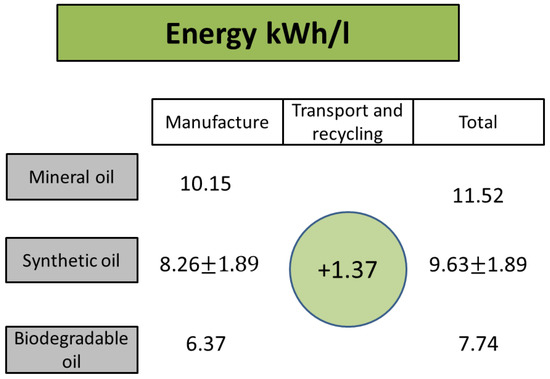It would be interesting to know what types of oils and the quantities that are involved in these larger wind turbines. I couldn't imagine carrying it up their ladder systems a bucket at a time and bringing soaked pig mats, and waste oil products down. I wonder if the large units have an internal hoist/lift of some sort. I can't imagine the cost of consumables being craned up to that height or lowered from above by helicopter?
Operating and maintaining cryo air sep and hydro-chem plants for a living as I do. I know what it takes to add oil, change oil and clean up spills on the compressors and hydraulic systems we have. Some sumps are in the 1000gal or more range. Most of our equipment has a scupper drainage systems built around it that drains spilled oil into a central oily water collection tank.
I know some of our plants built onsite at customer locations use food grade lubricating oils. As you mentioned though, it's application specific.


